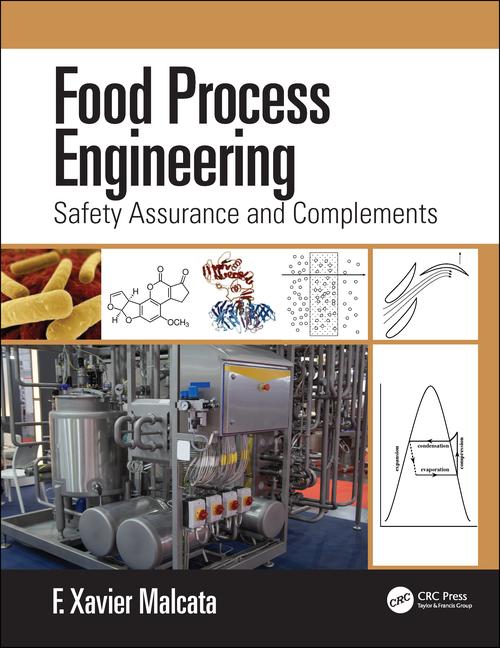Advancing Food Safety and Quality within Processing Plants Begins with Digital Specs

Photo by Wesley Tingey on Unsplash
The majority of workers across the food and beverage industry understand and have experience with specifications since this data is critical to companies manufacturing safe, consistent product. However, legacy systems of tracking specifications—including handwritten notes, and varying versions of Excel sheets maintained in three-ring binders, file cabinets and shared computer drives—are proving to be a roadblock when it comes to processing plants advancing food safety systems to meet today’s ever-increasing use of data to maintain process control.
By implementing a digitized, specification-first approach, processors can ensure compliance with evolving regulations, improve overall operations and help establish more robust food safety systems in today’s plants. Focusing on digital specifications allows processing plant employees to make data-driven decisions to maintain process control and achieve consistent product manufacture.
Evolving Regulations Impact Food Operations
The food industry is no stranger to new food safety regulations, with the most sweeping set of rules being the Food and Drug Administration’s Food Safety Modernization Act (FSMA), first enacted in 2011, with the most recent—Section 204, Food Traceability—enacted in 2023. FSMA impacts a wide array of processes and operations including the level of sanitary transportation of human and animal food, the packaging of food within the supply chain, food defense, traceability requirements and the establishment of food safety systems. A food safety plan is required, which often calls for a large amount of documentation—something that legacy ways of monitoring process control makes complicated when workers are relying on data across scattered locations. Maintaining digitized specifications and data in a centralized global platform creates a single source of truth to ensure discrepancies are avoided, which are a common problem when specifications are maintained in multiple ShareFile locations often not accessible to those who require the specification data during manufacturing. Having multiple, unconnected storage locations is especially problematic when SKUs are manufactured at multiple plant locations across the country or globe.
FSMA requires processing plants to implement risk-based preventive controls to identify and control hazards reasonably likely to occur within any part of the process. Failure to comply with the documented food safety plan can have negative regulatory consequences including citations during regulatory inspections (commonly known as 483s) or warning letters. Access to centrally maintained, digitized specifications, reports or documentation allows plants to more easily demonstrate compliance to regulators, customers and third-party auditors. More importantly, it allows employees to continually monitor and ensure process control within the facility.
Driving Food Safety in Today’s Processing Plants and Facilities
Food manufacturing and processing plants must replace outdated and manual processes like PDF files, spreadsheets and inflexible ERP solutions for managing packaging and label specifications. These legacy systems are one of the biggest roadblocks today for food companies managing the documentation of critical information to ensure product consistency and safety within plants and across the supply chain.
Outside of making it harder for a facility to pivot quickly and efficiently to comply with new or evolving regulations or maintain assured supply (as evidenced during COVID), outdated systems make the day-to-day operations of a plant more difficult than they should be. Recipes, formulations and packaging specs are documents that house important information. However, the problem with this information living in documents, as opposed to an integrated digital platform, is that they are invisible in older systems or not available to those who need the data to ensure process control and specification compliance.
Digitizing critical DNA-level data (i.e., specs) for product labels and packaging is an effective first step to take to help food processors and plants drive compliance within all facilities. Numerous risks exist in a plant, and digital specs reduce that risk by providing complete visibility into ingredient safety, supplier history and risk factors in the area, to name a few. Workers can see where the specs are used, what ingredients are attached to them and where everything was sourced from. Digital specs also ensure consistency across food products and set standards that everyone can follow along the way. Without this standard in place, it becomes increasingly difficult for companies to control the safety or quality of any end products.
Benefits of Taking a Digitized Spec-First Approach
A spec-first approach is the process of identifying, collecting and managing DNA-level information on any product within a single, digitized location. This provides one source of information for companies and plants along a supply chain, ensuring one single source of truth for all.
This strong, digitized data foundation can help food processors increase response time to potential problems like supply chain interruptions and food recalls, easily run audit reports and drive total supply chain traceability. Food companies, including Taylor Farms, have made this pivot to manage their product specifications to ensure efficiency, sustainability, quality and safety across their entire organization.
Specifications may seem like a small detail, but comprehensive and accurate specs are what ensure a company delivers on its promised product—everything from packaging to size to taste. The biggest benefit from digitizing specs is that everyone is working from the same blueprint to achieve the promised finished product every single time.
Conclusion
Food safety continues to be the focus for food manufacturers and processing facilities but without the right digital tools in place, companies will not be able to deliver the best quality food products in an efficient way while remaining compliant. Digital specifications are the new era of smarter food safety and an important step for any company to take during the digital transformation process.
Looking for a reprint of this article?
From high-res PDFs to custom plaques, order your copy today!







-WAT106---Digital-data-recording-prevents-tampering-and-improves-food-safety-compliance.jpg?height=200&t=1704912941&width=200)


